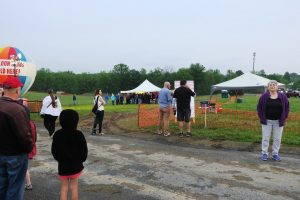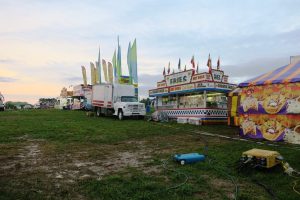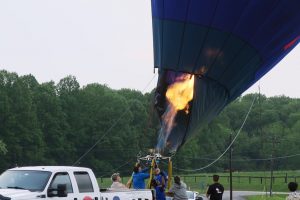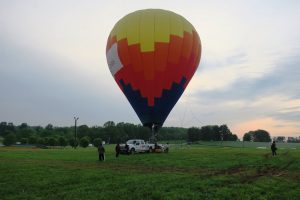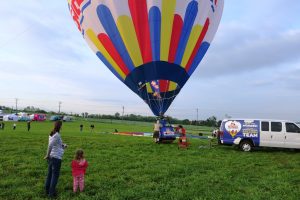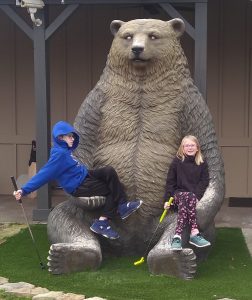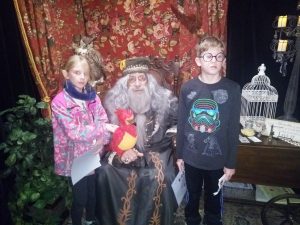Last Sunday Addie and Susanne had their first communion and their baptism. We went up to Ed’s house for the ceremony and party. The priest at Ed & Lynne’s church is being reassigned to our church starting July 1. It was fun to get a preview of how he conducts mass. As their retirement project, Ed and Lynne laid a new hardwood floor in their family room. They re-used some Brazilian Cherry. They also replaced the big old wood stove hearth with a much smaller quartz hearth. It was a lot of work, but it came out beautiful.
Danita was going over to Riderwood twice a week because of Bud’s doctor appointments. That’s finally over, but the doctor appointments have been replaced with PT appointments. Danita’s pills haven’t improved her mysterious pains. She’s approaching this as a long term project. She’ll be getting some blood work done, and she is also going to start PT. Danita’s been able to get gentle exercise in the pool the last couple of days. She finds it helps quite a bit.
Mom’s looking forward to getting her house fixed. We’re told they will design the kitchen this week, and will also start fixing the master bedroom. Mom went to talk the Century Village real estate office about what improvements would do the most to increase the value of her house. The results she got were quite surprising (to me, anyway). People who buy in Century Village don’t mind having press board kitchen cabinets, as long as they aren’t 30 years old. The improvement they find most desirable is tile floors throughout the house (including the bedrooms).
Friday morning was “Bike to Work” day. I don’t work, so I don’t commute to work. But everybody who bikes was invited. They had food to eat and swag bags. Friday afternoon, we had a Circle dinner at the Bauman’s. We have our first warm days of the year. The high today was 85. I went for a ride this afternoon. My poor body was so used to riding in cool weather, it couldn’t quite get the sweat engine cranked up. I’m sure tomorrow’s ride will be better.
I would write more, but it’s getting to be time for our neighborhood party. We have a concert with wine and cheese, followed by deserts. It’s a tough life, but somebody has to live it.
I hope this finds everybody doing well.

